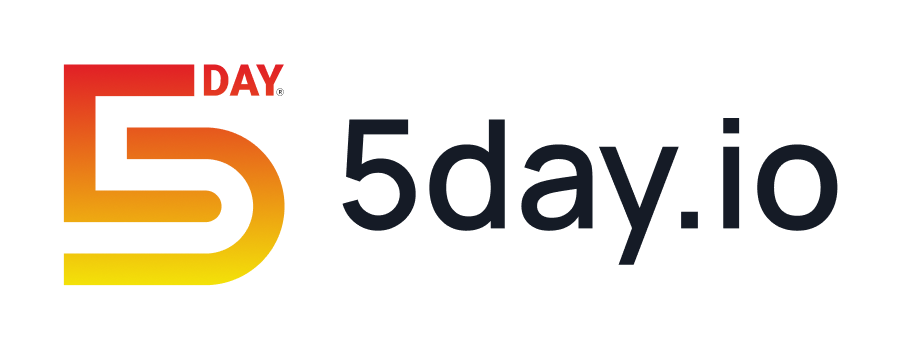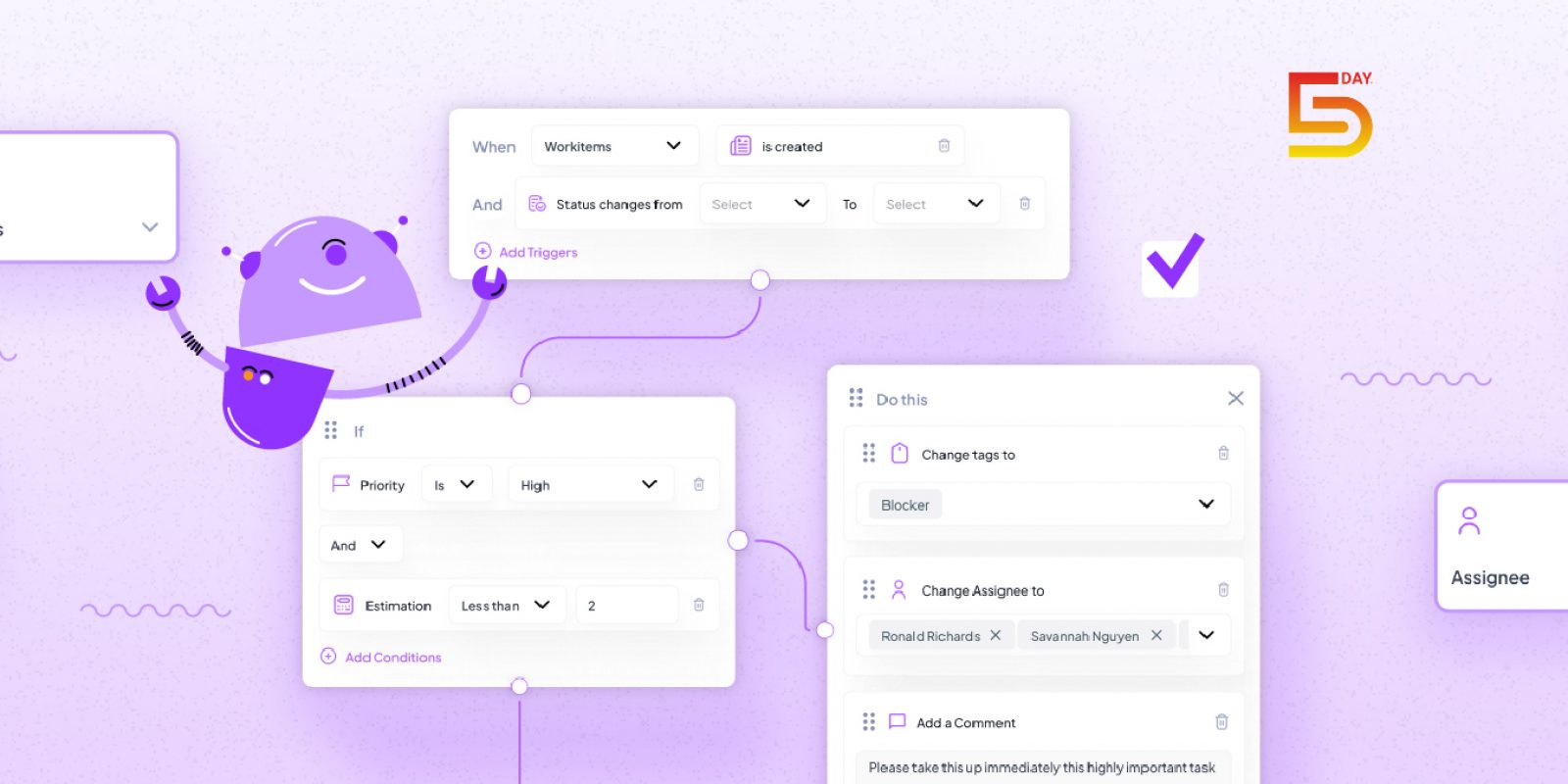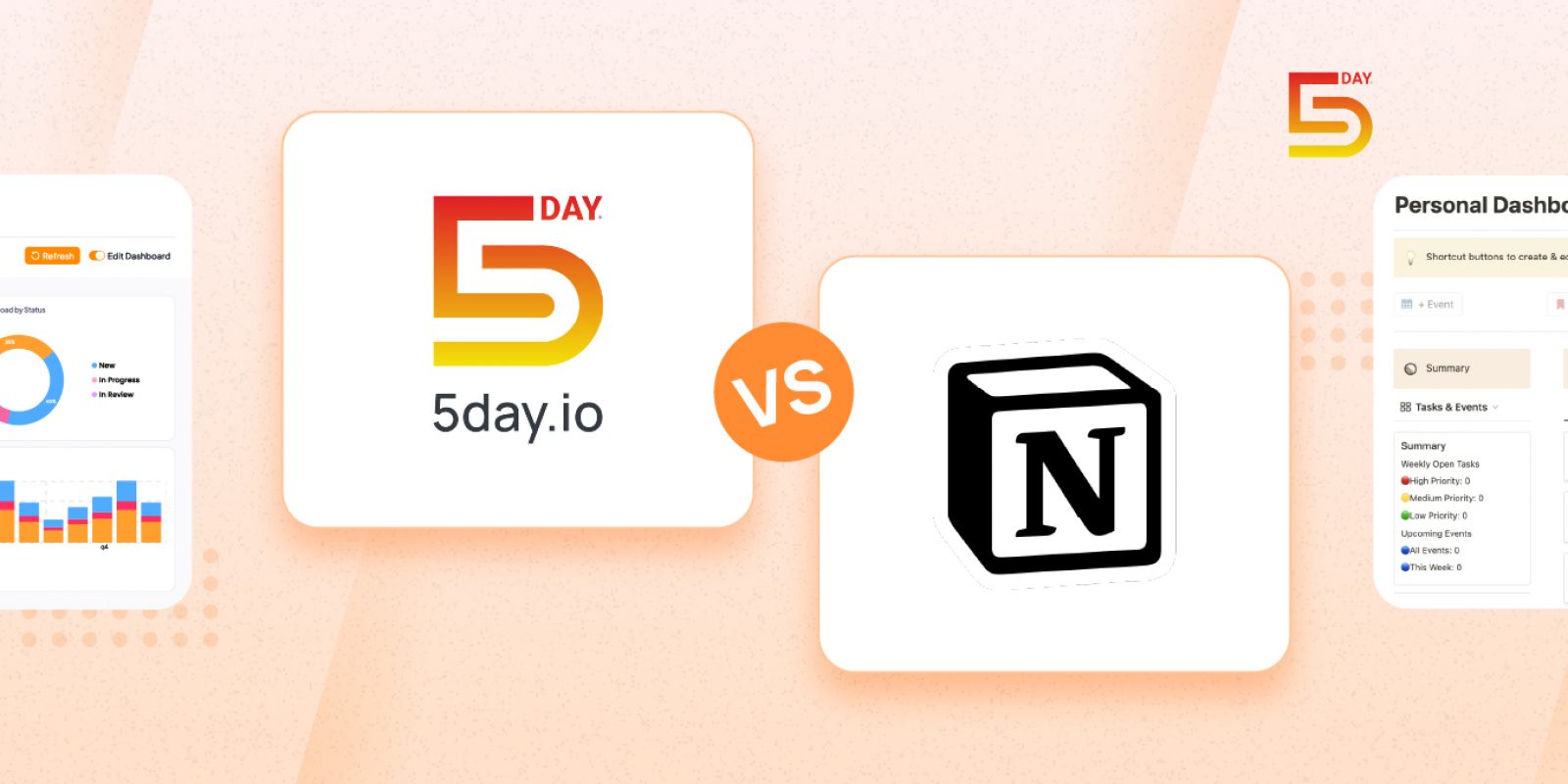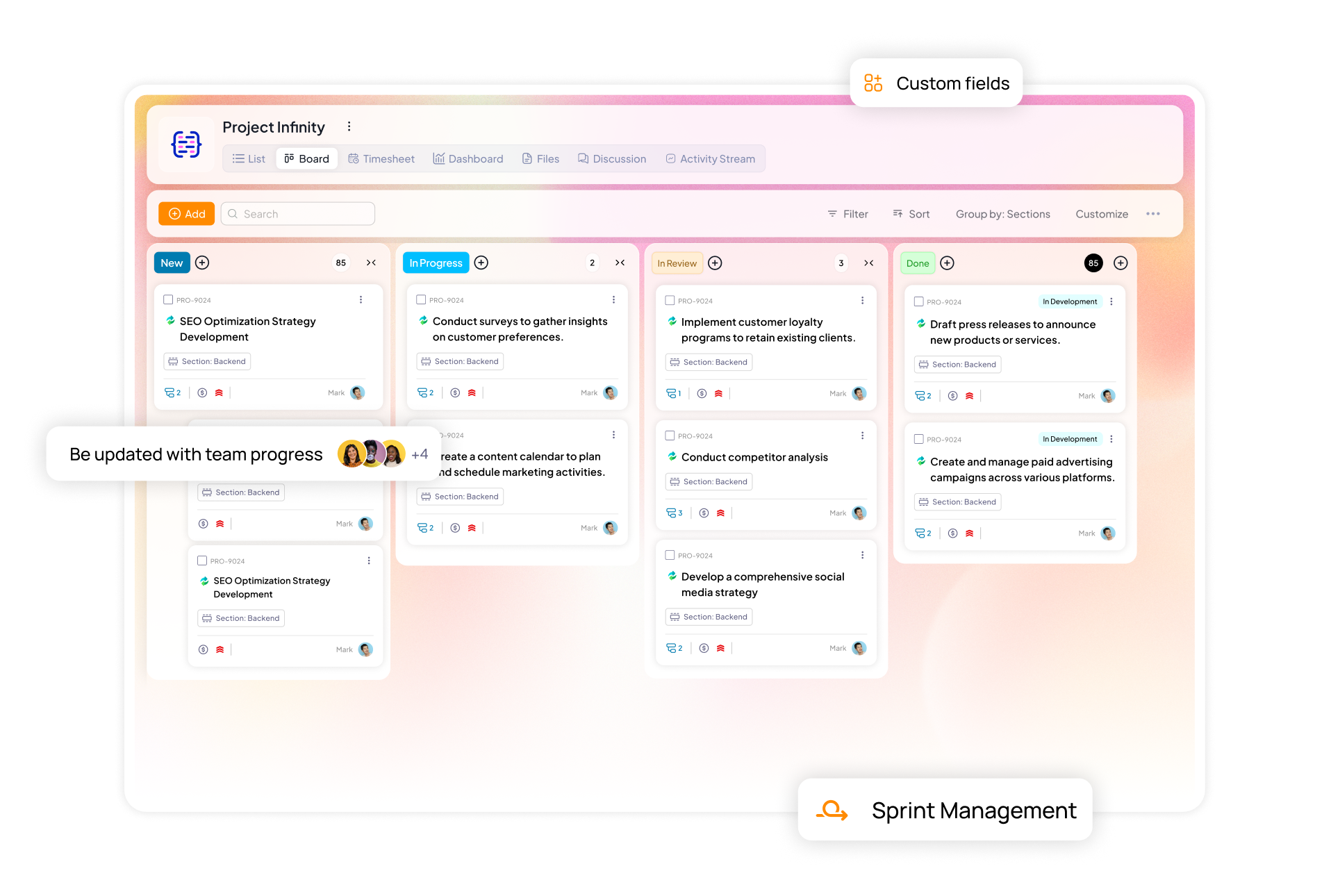Project Management is both the art and science of planning, organizing, and managing resources to achieve specific goals within a defined set of constraints. It provides a structured framework to deliver projects on time and within budget. This framework consists of a project management process, a series of mutually exclusive stages that guide the project lifecycle. Project management process is important to achieve business goals, minimize risk, and promote a culture of continuous improvement.
In this blog, we will cover each project management phase with valuable insights and illustrations.
What is project management process
The project management process provides a roadmap to guide project from initiation to closure, ensuring these are delivered on time, budget and given quality standards. This approach covers 5 project management phases: Initiation, Planning, Execution, Monitoring, and Closure.
By adopting project management techniques like waterfall, agile or other hybrid models, project managers simplify the complexities of project dynamics. These techniques provide the following benefits:
- Clear goals and deliverables: It ensures everybody is aligned to project goals.
- Realistic timelines and budgets: It helps in setting achievable targets and managing resources effectively.
- High performance: By allocating the right people with the right work, we can boost performance.
- Risk management: It allows us to understand what constraints and risk variables we have and take necessary steps to mitigate it.
- Effective communication: It helps in keeping everyone informed and align with the project journey.
5 Steps of a project management process
The Project Management Institute (PMI) developed the five phases of project management that includes a set of standards for projects from initiation to closure.
Phase 1: Project initiation
The project initiation serves as the foundation of the project journey. It establishes the purpose of the project, outlines a clear goal, and receives support from stakeholders. An effective initiation phase gives a strong base to the whole project, reduces risks, and increases the chances of success. With a solid foundation in place, you can move on to defining the project for clarity and precision.
Defining the project
This is a statement of purpose, stating:
- What are the project’s goals and objectives, in clear words
- What problem statements are there to be addressed?
- What are the project outcomes?
A well-defined project scope will therefore act as a roadmap to guide the team and stakeholders toward a common vision.
Example:
Suppose you are developing a mobile application for a retail firm. The purpose of your project is to make the shopping experience easier for the customer. The goal is to increase sales by 20%. Here, the objectives include improving the app usability, expanding product offerings, and integrating a loyalty program.
Identification of stakeholders
These are individuals who are concerned about your project outcome. They can be project sponsors, customers, end-users, team members, or organizations outside the project. Identifying who they are and what to expect from them is crucial for effective communication and decision-making.
Example:
In our mobile app project, the stakeholders include company leaders, developers, UI/UX designers, the marketing and sales team, and the target customers
Craft project charter
A project charter is a formal document handed over to the project manager so as to permit permission to initiate the project and acquire the right to utilize resources. It explains in what way the project will achieve the objective, who will be involved, its key requirements, and what are its critical constraints. The entire project is guided by the project charter.
Example:
The charter for the mobile app project would include name and project description, goals, scope, people involved, budget, timeline, and deliverables.
Conduct feasibility study
The detailed planning would begin after assessing if the project is feasible. This considers evaluation of how project’s technical, financial, and organizational viability. This feasibility study identifies potential risks and challenges early on, which helps make smart decisions about whether to continue with the project.
Example:
Illustration: There will be an evaluation of the following factors.:
- How viable it is to develop the app on the selected platform
- Whether the project has a good chance of breaking even considering expected costs and returns
- Whether the organization’s resources are adequate to support the project team.
Phase 2: Project planning
In this stage, after the project initiation, the planning phase begins. It considers the following steps – developing a project plan, project scope and deliverables, creating a work breakdown structure, estimating resources and the budget, identifying and mitigating risks, and developing a communication plan.
Developing the project plan
This is a guide on how to conduct the project. It shall include objectives, what it entails, what is to be delivered, tasks, timelines, resources, budget, and risk handling. A good project plan would ensure that every member understands what he or she needs to do and keeps everyone informed.
Example:
The mobile app project plan should include a detailed timeline with milestones and should enlist various tasks and subtasks, respective roles and responsibilities, resource allocation, and a budget breakdown.
Defining scope and deliverables
Scope of the project must be defined along with expected deliverables to avoid scope creep that may ensure that everybody will understand what is included and excluded from the project.
Example:
For the mobile app, the scope would be to develop a native iOS and Android app with features like product browsing
Creating a work breakdown structure
WBS is a hierarchical structure of breaking down the project into smaller, manageable tasks. It makes it easier to estimate, assign, and track progress.
Example:
For the mobile app, you’d estimate the hours to be devoted by developers, designers, and testers, the cost of software tools, and any potential marketing-related expenses
Estimating resources and budget
This includes an accurate estimation of the availability of resources to accomplish the project, that is, individuals, material, and money. Estimation entails identification of various sources of resources that may be needed and calculating their respective costs.
Example:
For the mobile app, you’d estimate the hours to be devoted by developers, designers, and testers, the cost of software tools, and any potential marketing-related expenses
Risk management
Every project has inherent risks. This step identifies risks, assesses the likelihood and possible impact of those threats, and develops strategies to reduce them.
Example:
Development delays of the mobile app, connectivity issues with the existing systems, or bad user reviews. Possible ways to mitigate such risks can include backup developers, thorough testing procedures, and a plan for responding to the user feedback
Communication planning
This step ensures effective communication for a successful project. It refers to the definition of communication channels, frequency, and responsible parties with regards to stakeholders’ interests throughout the project lifecycle.
Example:
The communication plan for the mobile app would outline how often to send progress reports to the retail company, how to gather user feedback, report on it, and how internal team communication is facilitated.
Phase 3: Project execution
With a good plan, the execution phase comes to be real. It comprises such elements as the creation and management of the project team, assigning tasks and responsibilities, procurement of the required resources, execution of the project plan, and managing communication.
Building and managing the project team
This refers to assembling a well-skilled and motivated team for ensuring success in the project. This includes identification of every role required, selection of members with the right expertise, and designing a collaborative and productive team environment.
Example:
The mobile app project would require a project manager, iOS and Android developers, UI/UX designers, and possibly a marketing specialist.
Assigning tasks and responsibilities
This step involves the clear definition of the given roles and responsibilities. Thus, it states clearly the right skillsets and who is working on what tasks.
Example:
With project management software like 5day.io, tasks derived from the work breakdown structure such as creating user interface design or integrating payment gateway can be effectively assigned to the appropriate team members.
Procurement of resources
These include the sourcing and procurement of all required software, hardware, materials, or external services required to implement the project plan.
Doing the project plan
This will entail the initiation of the project plan, monitoring or checking how things go as well as adjusting where necessary.
Example:
In mobile app project, project manager monitors each task through regular team meetings. This allows for timely adjustment to the project plan based on any updates or issues.
Managing communication
Effective communication in this phase will entail keeping the relevant stakeholders posted, solving problems, and ensuring that everyone is aligned.
Example:
With regular progress reports, team meetings, and open communications the retail company would be updated about the developments, any questions or concerns to be addressed, and alignment on the project goals.
Phase 4: Project monitoring and controlling
It is the monitoring and controlling stage that happens simultaneously with the execution stage: performance reporting, quality control, change management, managing of risks, and identification and reporting of risks.
Tracking progress
Track work done in all the project activities and compare it with the plan adopted to check for deviations or variances.
Example:
The project manager would use different tools in managing the project and updates from the team on a regular basis. Project management software like 5day.io helps to ensure how each task is progressing in the project.
Reviewing and controlling risks
While executing the project, risks may be identified and some already considered may change. This involves continually reviewing, identifying, and managing risks, so that their potential impacts are considerably minimized.
Example:
If there exists a big security vulnerability in some third-party library that the mobile app uses. Then, the project manager will do a risk assessment, identify remedies perhaps in the alternate use of the library or workarounds, and then update the project plan accordingly.
Managing change
There will always be change in any project. This step ensures an easy approach to verify, approve, and implement any change requests. This also keeps the project schedule and budget with minimum disruptions.
Example:
If the retail company wants to add a new feature to the project midway, when it is still under development. The project manager needs to assess the impact of change on project scope, timeline, and budget, Then, PM has to obtain the approval from the stakeholders.
Ensuring quality control
This involves initiating quality control measures, such as verification of code, testing methods, and review of designs, to ensure that the output satisfies defined requirements.
Example:
The mobile app development team regularly review the code to identify potential bugs and conduct thorough testing across devices and operating systems. They also do user acceptance testing to gather feedback, to ensure the app meets quality standards.
Performance reporting
It’s important to share project updates and results regularly so that everyone involved knows what is happening. This means making progress reports that show important successes, talk about any problems, and give information about how the project is doing.
Example:
The project manager would present a weekly or bi-weekly report to the client. The reports would encompass the progress in the mobile app, areas that need questions, key points, which include the tasks and budget adherence, and future objectives.
Phase 5: Project closure
The closing phase marks the official closure of the project. It includes getting approval from the customer, writing down what was learned, celebrating achievements, and handing over the project deliverables to the client or end-users.
Obtaining customer acceptance
This is, in fact, pretty important to get confirmation from customers, those who commissioned the project or for whom it is being done, before finally closing the project. It involves verification of the final deliverable of the project, obtaining official confirmation from the client, and solving possible remaining problems or issues.
Example:
The final version of the mobile app would then be presented to the retail company, explaining how it works and what feedback or changes they want. Once they’re satisfied, they will give formal approval of the project deliverables.
Documenting key lessons
Every project offers valuable learning opportunities. This exercise would capture the insights learned from the project, both positive and negative, to improve future projects and company processes.
Example:
After completion of project, the team will review to document key learnings on communication, managing risks, technical problems and how the team worked together. Those insights were then compiled into a report and shared with key stakeholders to improve future projects.
Celebrating successes
The team’s efforts and accomplishments must be recognized and celebrated to improve morale and contribute to a positive project culture.
What is a project management lifecycle
The project management lifecycle is defined as the process of completing all the steps necessary for a successful project, right from the very beginning till the end. The lifecycle is an approach that helps project managers to identify the problem early and rectify it accordingly. Lifecycles also prevent some big problems by guiding teams in an understandable order and keeping work moving smoothly.
Generally, the steps of a project management effort are linear. But, in practice, they follow a cyclical pattern. Consider the scenario where overlapping, new information or unexpected events may bring the team back to the planning steps and thus, alter the scope, timeline or budget of the project.
Conclusion
Understanding the various phases of project management is central to delivery in a project every time. Familiarity with what are the critical activities, tools, and techniques in a specific stage is what would enable a project manager to guide teams, solve problems, and achieve things within limits
Want to start your project management journey?
Start now and try all the premium features free for 3 months.






